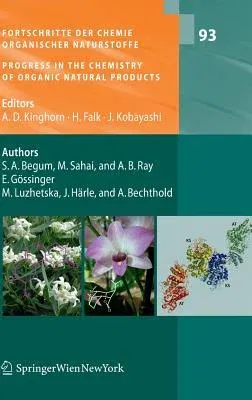Mahendra Sahai
(Author)Fortschritte Der Chemie Organischer Naturstoffe / Progress in the Chemistry of Organic Natural Products, Vol. 93 (2010)Hardcover - 2010, 29 June 2010

Qty
1
Turbo
Ships in 2 - 3 days
In Stock
Free Delivery
Cash on Delivery
15 Days
Free Returns
Secure Checkout

Part of Series
Fortschritte Der Chemie Organischer Naturstoffe Progress in
Part of Series
Progress in the Chemistry/ Organic Natural Product
Print Length
264 pages
Language
English
Publisher
Springer
Date Published
29 Jun 2010
ISBN-10
3709101395
ISBN-13
9783709101391
Description
Product Details
Book Edition:
2010
Book Format:
Hardcover
Country of Origin:
DE
Date Published:
29 June 2010
Dimensions:
23.62 x
16 x
1.52 cm
ISBN-10:
3709101395
ISBN-13:
9783709101391
Language:
English
Location:
Vienna
Pages:
264
Publisher:
Series:
Weight:
589.67 gm